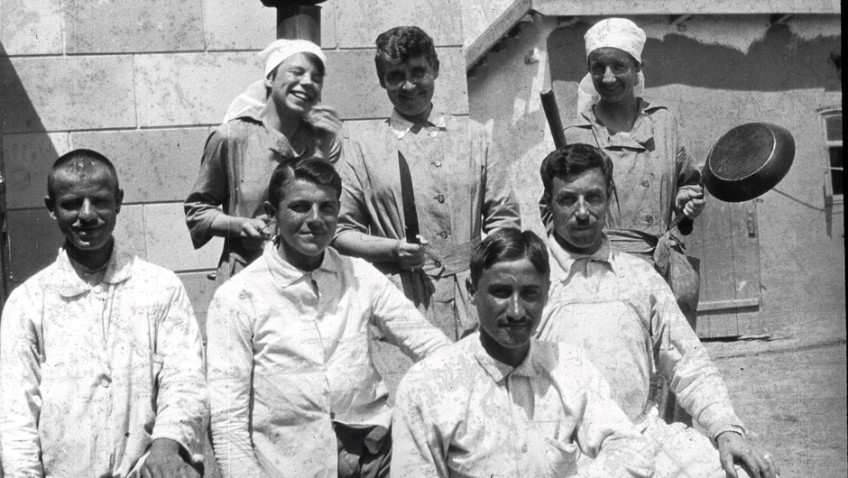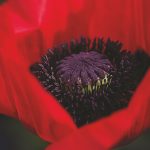Staff at a Scots museum have uncovered the remarkable story of a cook who travelled across Europe during the First World War – after finding a collection of 90-year-old medals.
Curators were researching items for a National Museum of Scotland’s WW1 touring exhibition when they found a collection of medals from the conflict, including a Scottish Women’s Hospital Lapel Badge.
Also found at Hawick Museum, Borders, were a collection of glass plate photographic slides and a certificate from the Serbian Government.
All of the items had belonged to Mary Lee Milne, who sailed to Southern Russia with the Scottish Women’s Hospital (SWH) in August 1916, receiving two medals for her war efforts abroad.
Mary, from Selkirk, Borders, was a recently widowed Church of Scotland’s minister’s wife when she sailed from Liverpool on board the Huntspill.
The 43-year-old was listed 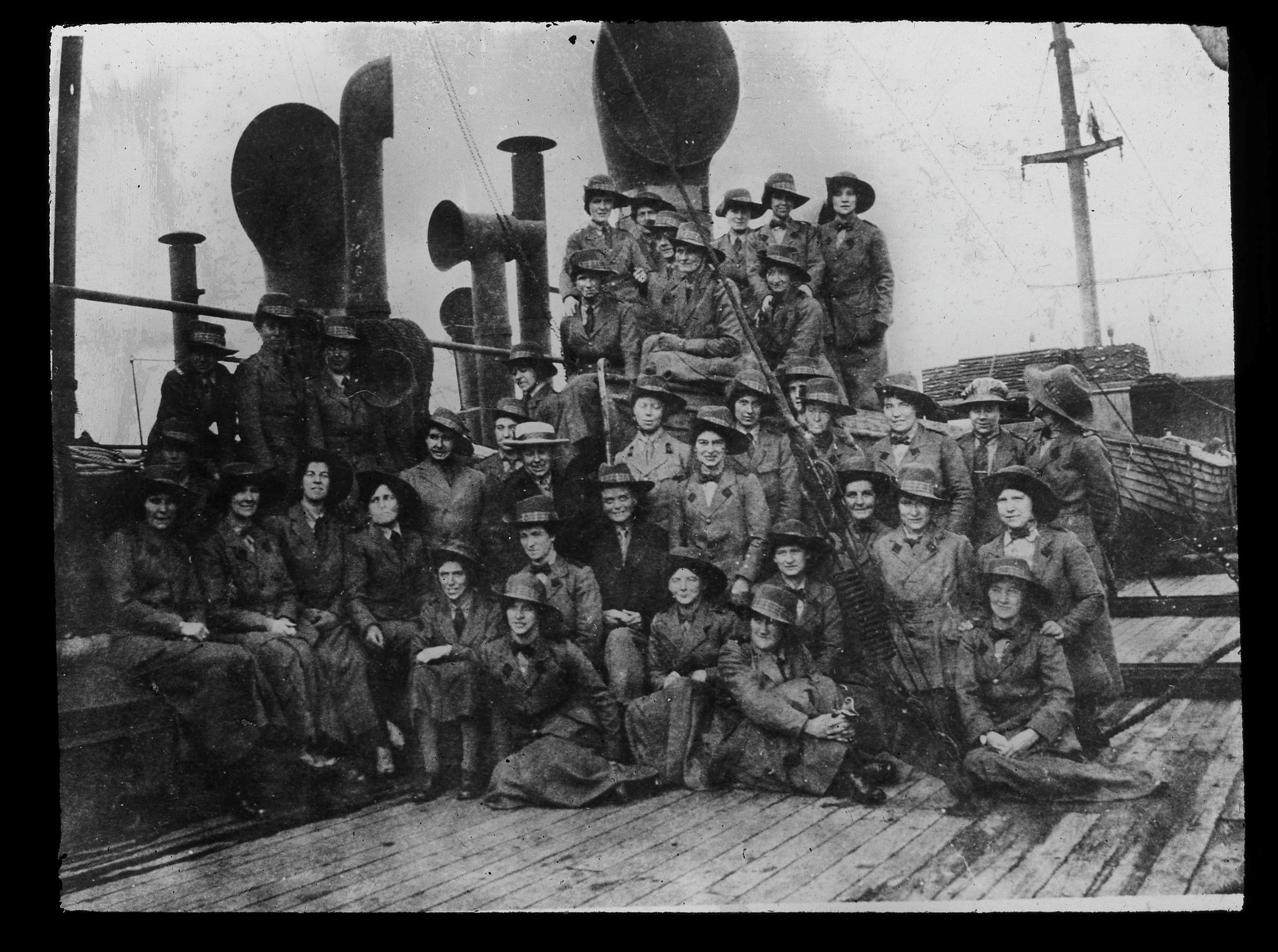 as the unit’s head cook and travelled with 75 women led by surgeon and suffragist Dr Elsie Inglis, who had set up all-female staffed relief hospitals for the Allied war effort.
as the unit’s head cook and travelled with 75 women led by surgeon and suffragist Dr Elsie Inglis, who had set up all-female staffed relief hospitals for the Allied war effort.
For the next two years Mary served as a cook and housekeeper with the SWH in Russia, Romania and France.
She worked closely with SWH founder Dr Inglis and was one of only six women who remained with the medic for the entirety of her 15-month tour of duty.
Mary also managed to smuggle a camera on her journey and took photographs of her surroundings, the local people and her colleagues – some of which must have been taken at great personal risk.
And she wrote a fascinating set of journals, which give a graphic insight into the work of the SWH with Serbia in Romania and Russia.
Many of these were published in Blackwood magazine.
Mary’s writings depict a stormy journey to Archangel, Russia, on September 10 1916, before they arrived at Medjidia in the Dobruja region of Romania onSeptember 30, where they set up a field hospital.
On October 26 she witnessed the entire population of 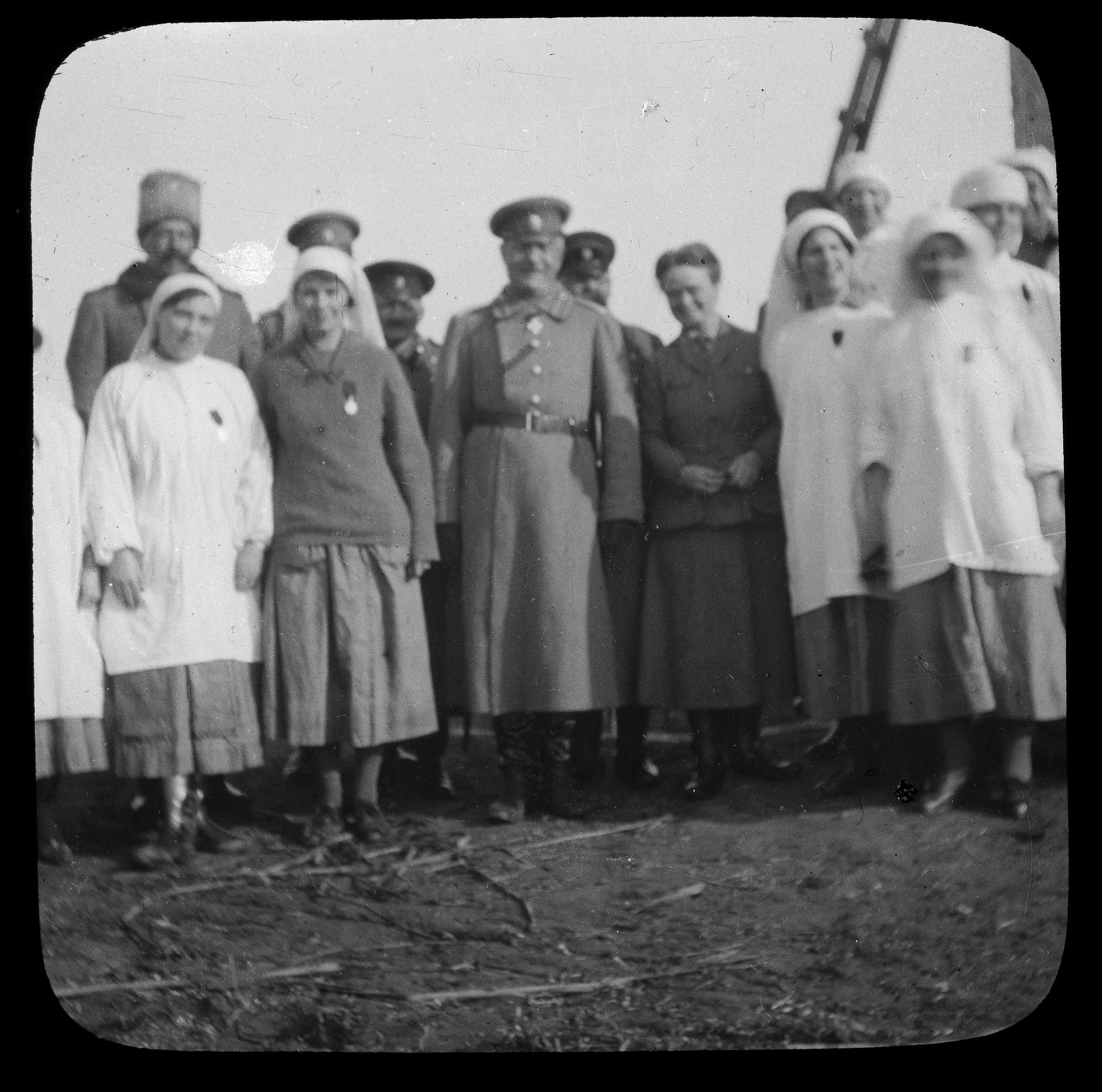 the Dobruja region fleeing from the advancing enemy.
the Dobruja region fleeing from the advancing enemy.
She wrote: “I cannot bear to think of the things I saw. The retreating army was ruthless dashing through the terrified mob; the heart-broken screams of women, who saw their children being knocked down and we were powerless to help them!”
And writing about the hospital, she says: “I was only the cook. I never visited the wards. I could not bear it. To be unable to speak to the poor suffering creatures was so terrible, and just to look at them as a spectacle was adding insult to injury.”
A letter written by Mary from Reni, Russia, in April 1917, was published in a local newspaper in the Borders and recalls her experiences.
She wrote: “Prince Dolgorukov and a lot of generals came to inspect our hospital, and the Prince presented us with our medal – St George’s Medal, 4th class – to those of us who had been under fire in the Dobruja retreat.”
Her medal may be one of the last to be presented as it was replaced shortly after the Russian Revolution that had begun just days earlier.
Mary and her colleagues left Odessa, Russia, in October 1917 due to the rapidly deteriorating conditions, arriving in Newcastle in November 1917.
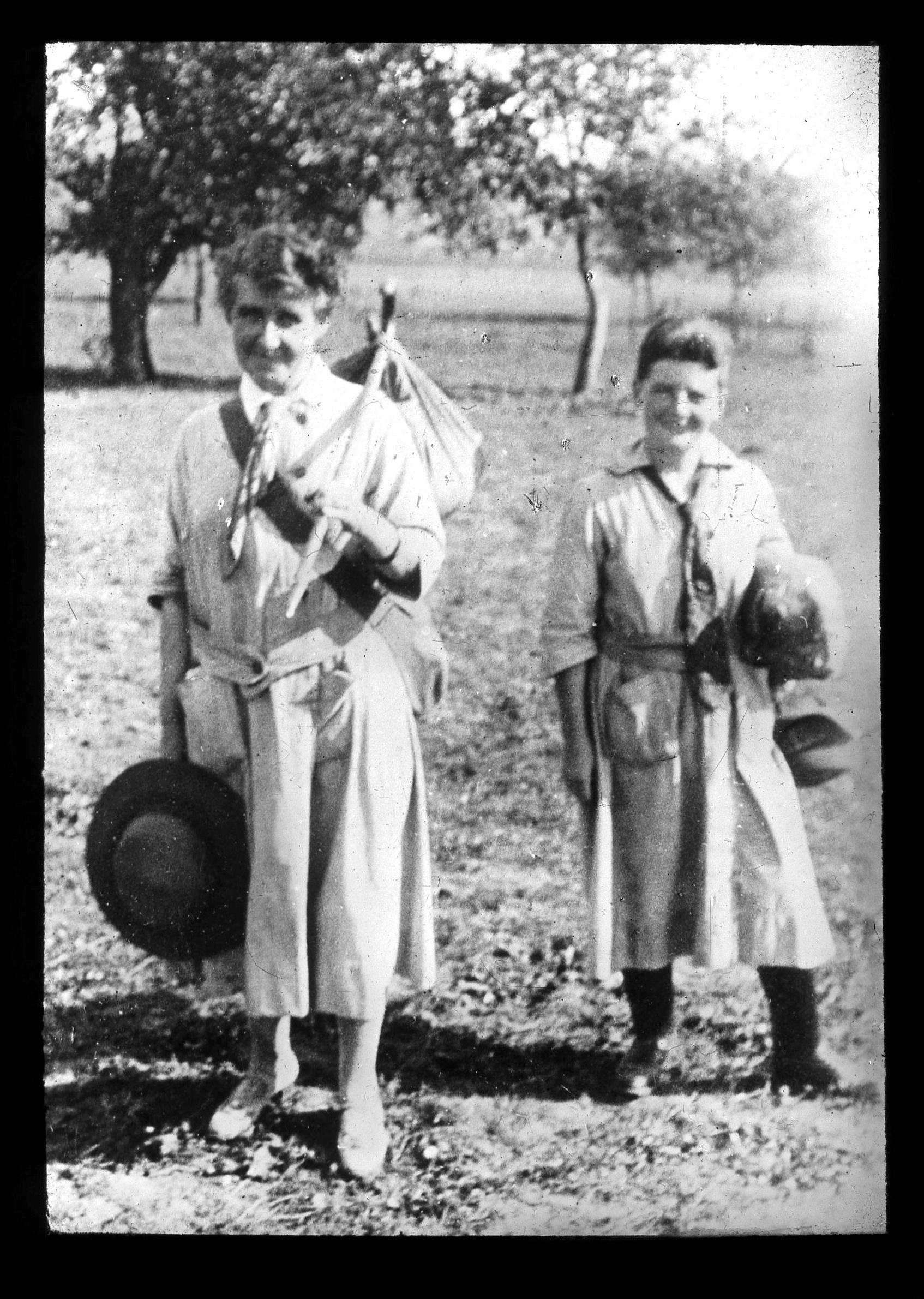 From November 1918 to May 1919 Mary served in France with the SWH Elsie Inglis Memorial Sanitorium.
From November 1918 to May 1919 Mary served in France with the SWH Elsie Inglis Memorial Sanitorium.
And in April 1925 she was given the Serbian Cross of Mercy by the Serbian Government.
In 1932 she moved to Bonchester, Borders, with her brother William Bowden, who was Acting Governor in Sierra Leone.
She died in August 1948, aged 75, and was laid to rest in the local churchyard.
An obituary in her local newspaper described her as a woman “of great individuality and force of character”.
In her final paragraph in Blackwood’s Magazine, Mary said of Dr Inglis: “I am proud to be one of the few who was with her from the beginning to the end of her last undertaking.
“I am proud to have won her approval, but most proud of all to have worked under one whose name will go down to prosperity as one of the Big Women of the Age.”
By Pamela Paterson

